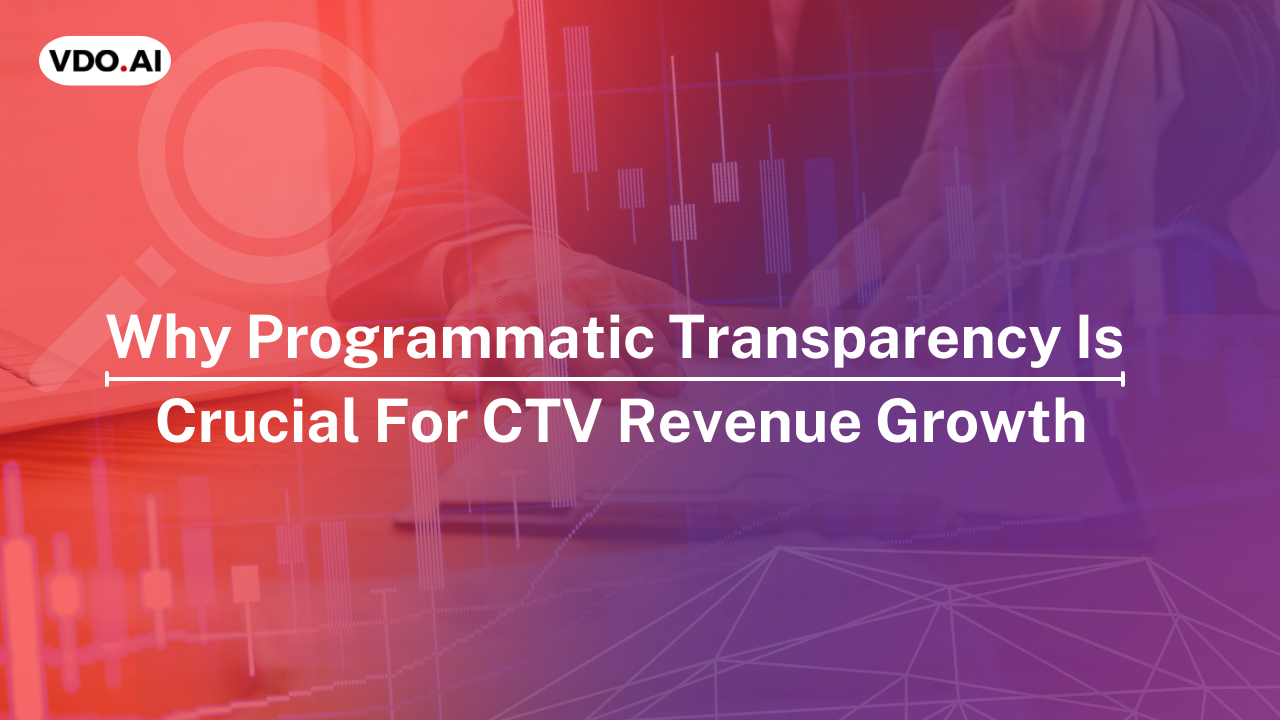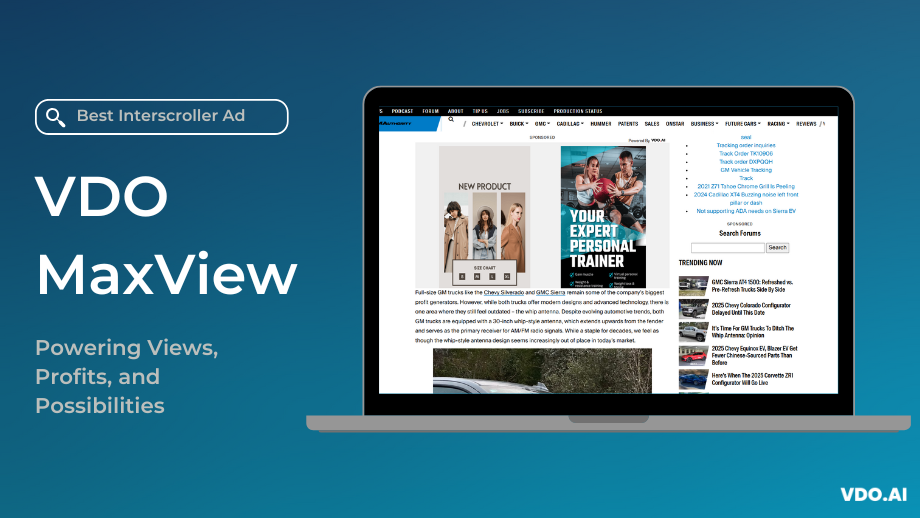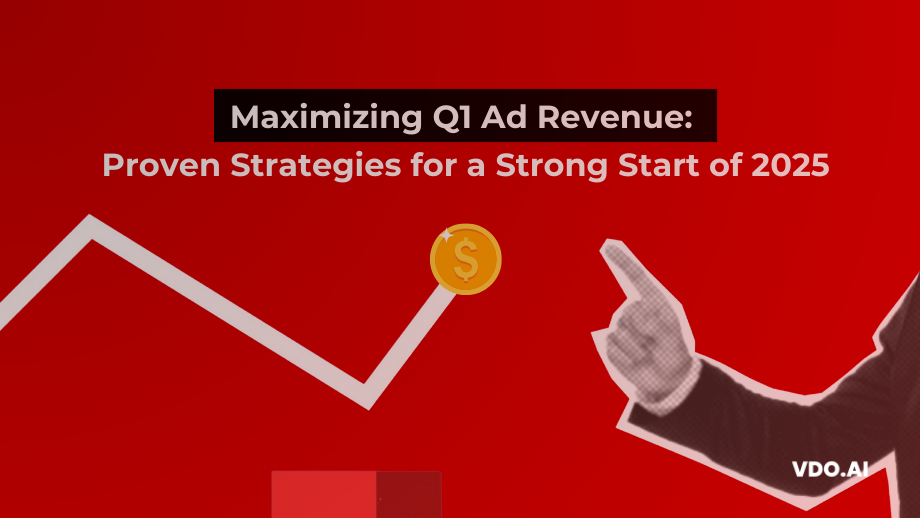Why Programmatic Transparency Is Crucial For CTV Revenue Growth
Reading Time: 3 minutesAs people’s viewing preferences and obsolete media measurements continue to disrupt television, it’s time for advertisers to re-evaluate and come up with new ways to continue benefiting from the surge in CTV advertising. Along with better targeting capabilities and measurement options, advertisers require data-driven transparency so they know their ads are being viewed by their targeted audiences in the relevant context. This is why the demand for quality and programmatic transparency on CTV media inventory is soaring.
Advertisers are willing to shift from linear TV to CTV/OTT video ads, provided they have access to increased transparency about the context of media placements so as to effectively reach the audiences they wish to target. They are most likely to increase their ad spending if they have the necessary details about the content alongside which their ads will be played. Thus, CTV publishers can leverage their useful content data to entice advertisers, leading to increased demand and more revenue.
What are Content Object Signals?
Content object signals are one of the newest tools that advertisers and publishers can utilize to improve contextual targeting. These signals contain pertinent data, including content type, genre, information on user ratings, and parental guidelines. By including these signals in their bid requests, publishers help advertisers better understand the impressions they are bidding on. They can then use this transparency to better optimize their ad campaigns and increase their overall performance.
Advantages of Using Content Object Signals
1. More Flexibility
Advertisers receive crucial information on the context in which their ads may appear. This helps them gain more flexibility and transparency in their campaigns in terms of both content targeting and ad delivery.
2. Additional Inventory
Content object signals provide advertisers with more inventory opportunities that they didn’t have before. They also offer benefits like cross-platform frequency capping and real-time optimization.
3. Continued Growth
The contextual information received via the robust data signals allows advertisers to serve relevant ads to engage their target audiences. This helps them meet and exceed their campaign goals while fostering future growth.
Shifting From Media Metrics To Performance Metrics

Measuring the performance of advertising campaigns is vital to understanding consumer behavior and making sure that it aligns with your brand message. However, for CTV advertising to achieve the same level of visibility and measurement precision as TV, it is necessary for advertisers to switch their focus from media metrics to performance metrics. This will allow them to gain deeper insight into the ad campaigns and analyze their impact from a broader perspective. Using this data, advertisers can then improve and optimize the campaigns to generate increased ROI and greater engagement.
Although media metrics like reach and frequency are important to consider, it is the performance metrics such as sales lift or brand awareness that truly reveal how well a campaign performed and how much of an impact it had on consumers.
Programmatic Transparency for A Bright Future
The CTV market has the potential to transform the entire field of media. This is why it is witnessing exponential growth and will continue to do so over the coming years. Moreover, by the end of 2026, CTV ad spending is predicted to grow to 38.83 billion U.S. dollars.
Streaming video is becoming more popular, which is leading to new ideas in the CTV advertising ecosystem and making it a more common form of advertising. However, as a relatively new channel, there are challenges around transparency, measurement, and buying signals that CTV has to resolve. New practices are already starting to emerge to tackle these difficulties. Making media buying more transparent is one such measure that provides advertisers the confidence they require to plan and optimize CTV campaigns at scale.
Conclusion
Publishers need to configure their bid requests to pass all relevant information within the content object. By making the inventory available to advertisers interested in buying against specific shows or genres, CTV publishers can drive high demand density. This will also allow them to adapt and evolve with existing media standards and practices. Advertisers, on the other hand, need to configure their advertising platform to accept the content object to unlock highly-valuable contextual metadata for effective campaign targeting and yielding better results.
VDO.AI delivers highly targeted, personalized, and engaging CTV ads on a scale similar to that of linear ads. This helps brands take advantage of this new market segment while ensuring brand safety. For increased transparency and better targeting opportunities, connect with VDO.AI here.




